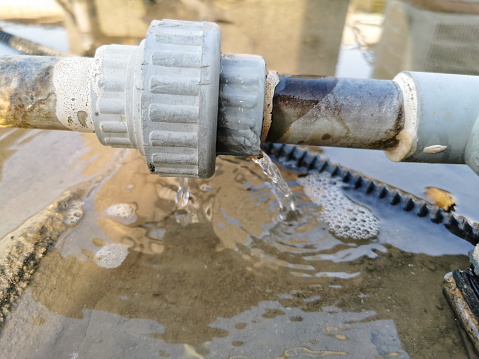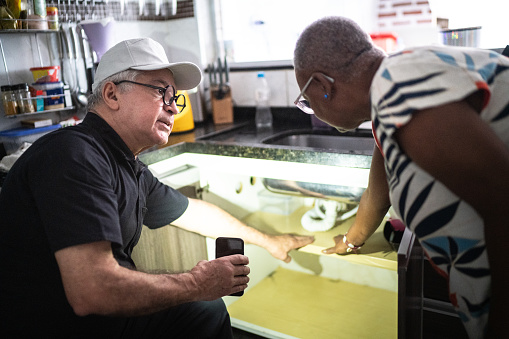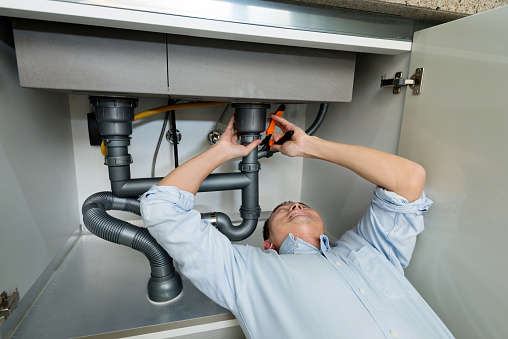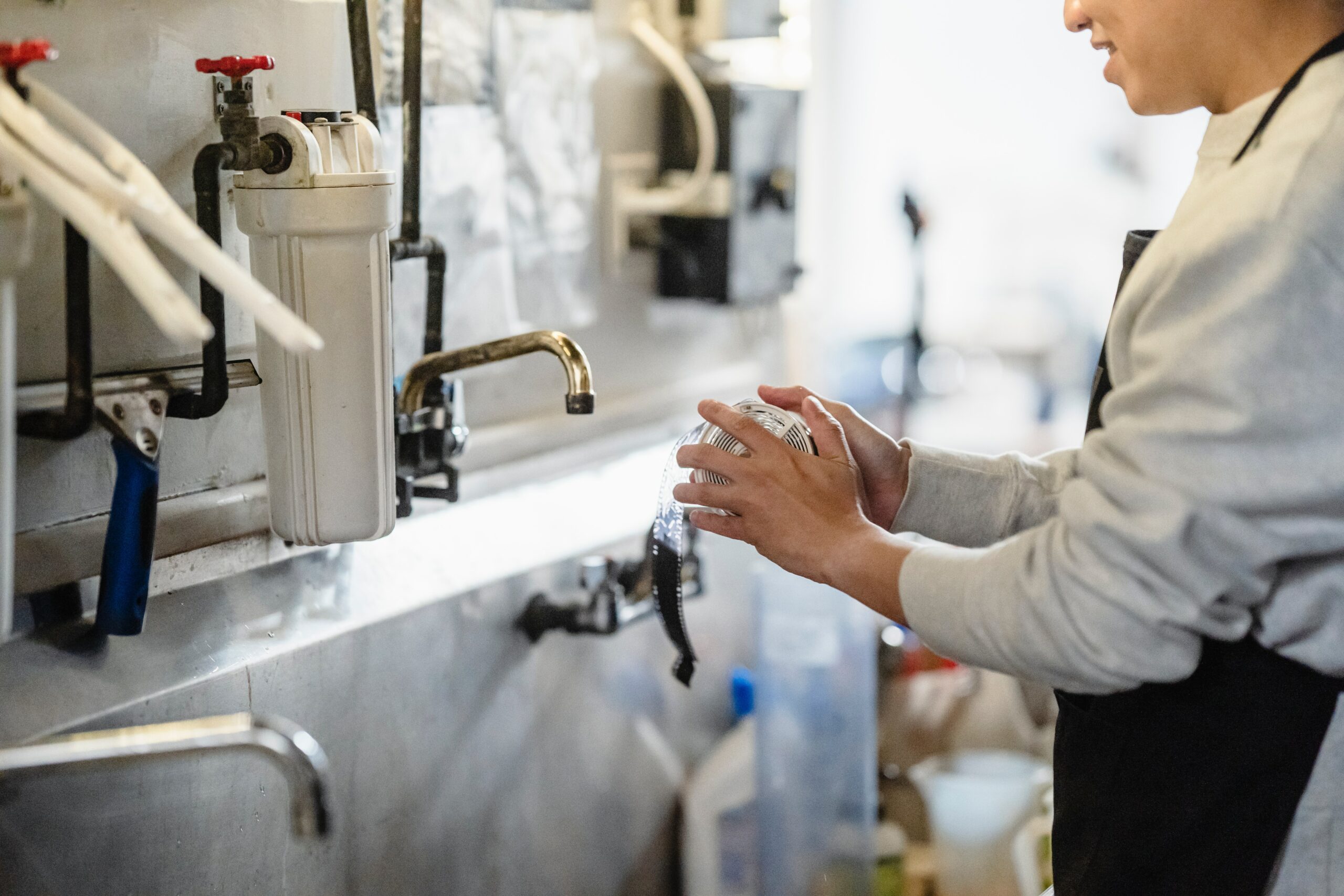Pipes and fitting Leak Detection and split, allowing water to escape. The vast majority of infrastructure is buried. Unless you know where these leaks are, it’s nearly impossible to see where they are.
This is the first time water has risen to the surface, but the specific site is unknown. Identifying leaks involves specialized technology that allows inspectors to pinpoint precisely where and how severe a leak is. This is an ever-evolving field that relies on both proven technologies and new approaches.

Leak detection is critical because:
Water lost due to waste, or theft is referred to as “non-revenue.” It does not generate income for the water company because it does not reach its customers. Physical losses of water from the system, such as through leaks, can also occur.
Such is unaccounted-for water that has not been measured because of malfunctioning or tampered meters and meters. Inaccuracies in accounting and bookkeeping, or human error in reading and recording water flow meters.
Detection and prevention of physical water losses are the focus of current and future technology. They’ll keep happening until someone notices them. Even minor leaks can add up over time to significant losses because of the compounding effect. And if water can escape, contaminants can enter and degrade the water’s quality to the point where it’s unsafe to drink. This is the common reason why Leak detection is critical .

Leak detection methods:
There is no substitute for using acoustic detection to locate pipeline leaks. The acoustic leak detection method is referred to as “the systematic way of using listening equipment to assess the distribution system.”
Leak sounds can be detected, and the exact locations of hidden leaks can be pinpointed.” A leak or crack in a pipe causes water to spill out under high pressure. You can hear it moving along the length of the pipe, which emits an audible rush or hiss.
Essentially, the pipe serves as a conduit for sound. As a result of this, Depending on the pipe’s length, diameter, and material, it can vibrate like the strings on a guitar. Procedures for conducting a leak audit. The discovery of leaks is only the beginning. As a precautionary measure, it is essential to keep leakage losses to a minimum.
However, over time, data was collected. In a thorough audit, all of the system’s leakage data is checked for accuracy and completeness. This data includes more than merely reading about the leaks. As well as direct measures of any possible leakage, indirect measurements include client billing and receipts, along with the flow meter and the pressure gauge values.

Even though tables are the most common style of presentation, Audit data is most useful when displayed geographically on a map of the water system being audited, with the date overlay. Leaks can be easily located and isolated with the aid of this graphic representation. Pseudo-hydrostatic contours can be created graphically from pressure values to show pressure lows and highs. These are the current methods that are followed .
Another warning indicator that a leak may occur in these regions is the presence of low-pressure zones. In the same way, two-dimensional flow graphs can be used to identify potential leak spots.
Leak detection is simply one aspect of a water supply system’s ongoing audits. Audits should be carried out at least once a year, and leak data should be thoroughly analyzed, not just for the current audit.

